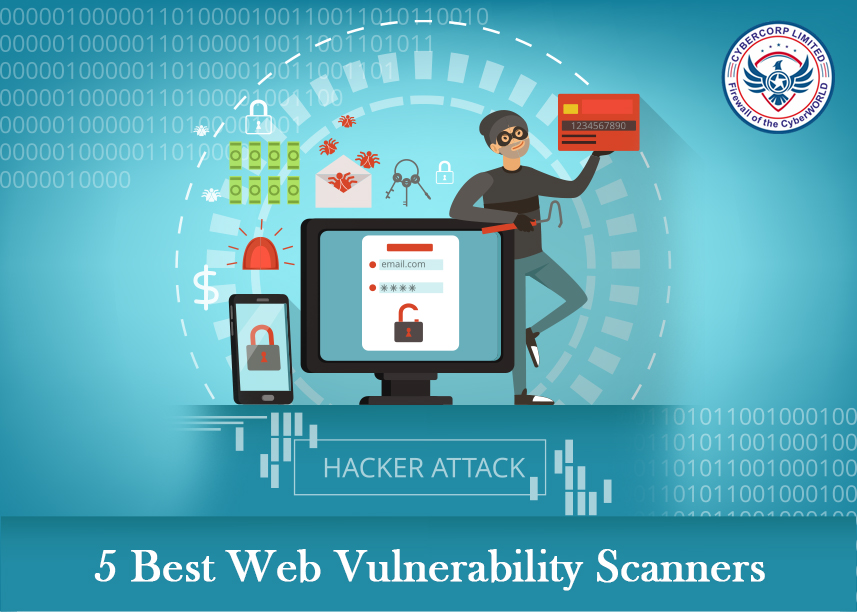
Safeguard Your Web Applications: 5 Best Web Vulnerability Scanners

In today's digital world, keeping your web applications safe from potential threats is more important than ever. As a business owner or developer, the security of your website is crucial. Hackers are constantly on the lookout for vulnerabilities to exploit, and one successful attack could lead to severe consequences, including data breaches, loss of customer trust, and even legal issues. To protect your web applications, it's essential to use a reliable web vulnerability scanner. In this article, I'll share the five best web vulnerability scanners you can use to safeguard your applications.
1. OWASP ZAP (Zed Attack Proxy)
OWASP ZAP is one of the most popular and widely used open-source web vulnerability scanners. Developed by the Open Web Application Security Project (OWASP), ZAP is designed to help you find security vulnerabilities in your web applications during development and testing.
Example: A small e-commerce business once used OWASP ZAP to test their online store. They discovered multiple security flaws, including SQL injection vulnerabilities, which could have allowed attackers to access their customer database. By fixing these issues early, they avoided potential data breaches and financial losses.
Why I Recommend It: OWASP ZAP is beginner-friendly, with an intuitive interface and extensive documentation. It's also free, making it an excellent choice for startups and small businesses.
2. Burp Suite
Burp Suite is another powerful tool used by security professionals to identify vulnerabilities in web applications. It offers a wide range of features, including scanning for SQL injection, cross-site scripting (XSS), and other common vulnerabilities. Burp Suite is available in both a free Community edition and a paid Professional edition.
Case Study: A medium-sized financial services company used Burp Suite to scan their customer portal. The tool detected a critical cross-site scripting vulnerability that could have allowed attackers to steal user session cookies. After patching the vulnerability, the company conducted regular scans to ensure their platform remained secure.
Why I Recommend It: Burp Suite is highly customizable and offers advanced features for experienced users. The Professional edition provides automated scanning and detailed reporting, making it a great investment for businesses that prioritize security.
3. Acunetix
Acunetix is a comprehensive web vulnerability scanner that specializes in detecting and fixing vulnerabilities in web applications. It offers a wide range of features, including scanning for over 7,000 vulnerabilities, identifying weak passwords, and detecting misconfigurations.
Example: A large healthcare organization used Acunetix to secure their patient portal. The scanner identified several vulnerabilities, including outdated software components and insecure direct object references (IDOR). By addressing these issues, the organization ensured that sensitive patient data remained protected.
Why I Recommend It: Acunetix is known for its accuracy and speed. It provides detailed reports with actionable recommendations, making it easier for businesses to fix vulnerabilities quickly. It's an ideal choice for organizations with complex web applications.
4. Netsparker
Netsparker is a popular web vulnerability scanner that automatically detects vulnerabilities in web applications, web services, and APIs. It uses a unique proof-based scanning technology that not only identifies vulnerabilities but also verifies them, reducing false positives.
Case Study: A global retail company used Netsparker to scan their e-commerce platform. The scanner detected several SQL injection and cross-site scripting vulnerabilities, which were then verified by the proof-based scanning technology. The company was able to fix the issues with confidence, knowing that the vulnerabilities were real and not false positives.
Why I Recommend It: Netsparker's proof-based scanning technology is a game-changer. It saves time by reducing the need to manually verify vulnerabilities. It's an excellent tool for businesses that require accurate and reliable vulnerability detection.
5. Qualys Web Application Scanning (WAS)
Qualys WAS is a cloud-based web vulnerability scanner that helps businesses identify and fix vulnerabilities in their web applications. It offers continuous monitoring, detailed reporting, and integration with other security tools.
Example: A technology startup used Qualys WAS to monitor their web application for vulnerabilities. The scanner detected a series of cross-site request forgery (CSRF) vulnerabilities, which were promptly fixed. The startup also benefited from the continuous monitoring feature, which alerted them to new vulnerabilities as they emerged.
Why I Recommend It: Qualys WAS is a robust and scalable solution for businesses of all sizes. Its cloud-based nature makes it easy to deploy and manage, and the continuous monitoring feature ensures that your web applications remain secure over time.
Conclusion
Web vulnerability scanners are essential tools for protecting your web applications from potential threats. By using tools like OWASP ZAP, Burp Suite, Acunetix, Netsparker, and Qualys WAS, you can identify and fix vulnerabilities before they can be exploited by attackers. Each of these scanners has its strengths, so choose the one that best fits your needs and budget.
Remember, safeguarding your web applications is an ongoing process. Regularly scan your applications, keep your software up to date, and follow best practices for web security. By doing so, you can protect your business, your customers, and your reputation from the ever-evolving threats in the digital world.
Frequently Asked Questions (FAQs)
1. What is the best vulnerability scanning tool? There isn't a one-size-fits-all answer, as the best tool depends on your specific needs, budget, and the complexity of your web applications. Some popular options include Nessus, Qualys, Burp Suite, Acunetix, and OWASP ZAP. Each tool has its strengths, so it's important to evaluate them based on your requirements.
2. What is the world's most popular vulnerability scanner? Nessus is widely regarded as one of the most popular vulnerability scanners globally. It's known for its extensive plugin library, ease of use, and reliability, making it a favorite among security professionals.
3. What is a web vulnerability scanner? A web vulnerability scanner is a tool that automatically scans web applications for security vulnerabilities. It checks for issues like SQL injection, cross-site scripting (XSS), insecure configurations, and other potential security risks that could be exploited by attackers.
4. How do I choose a vulnerability scanner? When choosing a vulnerability scanner, consider factors such as your budget, the complexity of your web applications, the accuracy of the scanner, ease of use, and the support provided by the vendor. It's also important to look at whether the scanner offers regular updates to keep up with the latest threats.
5. What are the three types of vulnerability scanners? The three main types of vulnerability scanners are:
- Network vulnerability scanners: These scan networks for vulnerabilities, such as open ports and insecure protocols.
- Web application vulnerability scanners: These focus on identifying vulnerabilities in web applications, such as SQL injection and XSS.
- Database vulnerability scanners: These specifically scan databases for security weaknesses, such as misconfigurations and weak passwords.
6. Is Qualys a good vulnerability scanner? Yes, Qualys is considered a very good vulnerability scanner, especially for businesses looking for a scalable, cloud-based solution. It offers comprehensive coverage, continuous monitoring, and integration with other security tools, making it a solid choice for organizations of all sizes.
7. Which vulnerability scanner is totally free? OWASP ZAP (Zed Attack Proxy) is a well-known, totally free vulnerability scanner. It's open-source and widely used by both beginners and professionals to find security vulnerabilities in web applications.
8. Why is Nessus the best vulnerability scanner? Nessus is often praised for its comprehensive vulnerability coverage, extensive plugin library, ease of use, and regular updates. It’s also known for providing detailed reports with actionable insights, making it a reliable tool for identifying and mitigating security risks.
9. What is the most common type of vulnerability scan? The most common type of vulnerability scan is a network vulnerability scan. This type of scan is used to identify security weaknesses within a network, such as open ports, outdated software, and insecure configurations.
10. Which is better, Qualys or Nessus? Both Qualys and Nessus are excellent vulnerability scanners, but they serve different purposes. Nessus is often preferred for its detailed scanning capabilities and ease of use. In contrast, Qualys offers a more comprehensive, cloud-based solution with continuous monitoring, making it better for larger organizations needing an all-in-one platform.
11. Which is better, Nessus or Nmap? Nessus and Nmap serve different purposes. Nessus is a specialized vulnerability scanner that provides detailed assessments of security risks, while Nmap is a powerful network scanning tool used for discovering hosts and services on a network. For vulnerability detection, Nessus is generally considered better, while Nmap is unmatched for network mapping and discovery.
12. Is Nessus a web vulnerability scanner? Nessus is primarily a network vulnerability scanner, but it also has capabilities to scan for web vulnerabilities. However, if your primary focus is web application security, you might want to consider specialized tools like Burp Suite, Acunetix, or OWASP ZAP.
Categories
Trending Posts
Why CyberCorp is not a mere SPAC?

We are

CoOperative Corporate
Creates a commonwealth among the partners
Cumulative Growth safeguards against losses to one entity
We believe in

Organic Growth
Promotes growth within the group companies
Ensures Maximum benefits
We do

Integration
Horizontal integration of the various products
Creating new and more effective scalable solutions
© 2022-2026 CyberCorp Limited. All Rights Reserved.



.png)






